Evaluation of light pollution risk level based on EWM-TOPSIS method
DOI: 10.23977/pree.2023.040116 | Downloads: 27 | Views: 1507
Author(s)
Weiwei Liu 1, Shuoyin Fu 2, Lingzhong Yu 3
Affiliation(s)
1 School of Civil Engineering, Chongqing University, Chongqing, China
2 School of Electrical Engineering, Chongqing University, Chongqing, China
3 School of Computer Science, Chongqing University, Chongqing, China
Corresponding Author
Weiwei LiuABSTRACT
In this era, light pollution poses a great threat to people's health and safety. Based on the data of direct lighting, environmental performance and personnel performance of various districts and counties in Chongqing, seven indicators that may affect the size of light pollution are identified, and a model is established based on the EWM-Topsis method and the score is used as an indicator to determine the risk level of light pollution. The model was used to score the degree of light pollution in various districts and counties in Chongqing. Intervention strategies are proposed from the three aspects of law formulation, public action and industrial upgrading, and the specific actions for the implementation of each strategy are listed, and the impact that these actions may have on society is discussed. In addition, considering that population density accounts for the largest weight among the seven indicators, the sensitivity of the seven indicators is analyzed, and it is found that light pollution deepens as human accumulation deepens. Finally, the advantages and disadvantages of the model are discussed, and the areas where the model can be improved are analyzed.
KEYWORDS
EWM- Topsis, Light pollution, Population density, ChongqingCITE THIS PAPER
Weiwei Liu, Shuoyin Fu, Lingzhong Yu, Evaluation of light pollution risk level based on EWM-TOPSIS method. Population, Resources & Environmental Economics (2023) Vol. 4: 133-139. DOI: http://dx.doi.org/10.23977/pree.2023.040116.
REFERENCES
[1] National Bureau of Statistics of the People's Republic of China. International Statistical Yearbook [J]. Beijing: China Statistics Press, 2020.
[2] Huang, Y. L. and Hwang, C. L., 1995. A revised framework for the EWMA method in multiple attribute decision making. Computers & operations research, 22(8), pp. 917-924.
[3] Li Fang, Li Dongping. A Combination Evaluation Model Based on Entropy Weight Method [J]. Information Technology and Informatization, 2021 (09): 148-150
[4] Hao Y, Bai Y, Wang J B, et al. Comparative Study on Present Situation of Light Pollution in Various Urban Cities of China [J]. Journal of Human Settlements in West China, 2023, 38(3): 67-73
[5] Hölker Franz, Bolliger Janine, Davies Thomas W. , Giavi Simone, Jechow Andreas, Kalinkat Gregor, Longcore Travis, Spoelstra Kamiel, Tidau Svenja, Visser Marcel E. , Knop Eva. 11 Pressing Research Questions on How Light Pollution Affects Biodiversity [J]. Frontiers in Ecology and Evolution, 2021.
[6] MenéndezVelázquez Amador, Morales Dolores, GarcíaDelgado Ana Belén. Light Pollution and Circadian Misalignment: A Healthy, Blue-Free, White Light-Emitting Diode to Avoid Chronodisruption [J]. International Journal of Environmental Research and Public Health, 2022, 19(3).
| Downloads: | 3102 |
|---|---|
| Visits: | 136526 |
Sponsors, Associates, and Links
-
Information Systems and Economics
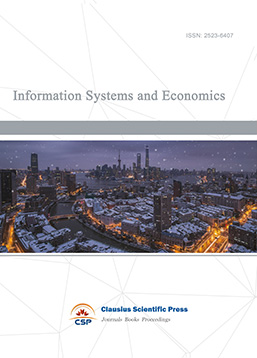
-
Accounting, Auditing and Finance
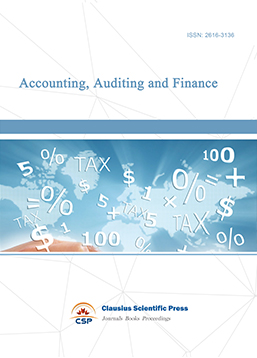
-
Industrial Engineering and Innovation Management

-
Tourism Management and Technology Economy
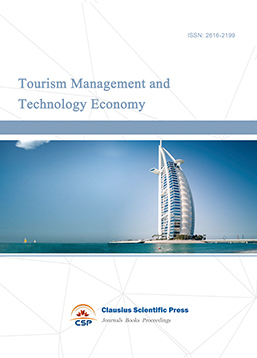
-
Journal of Computational and Financial Econometrics
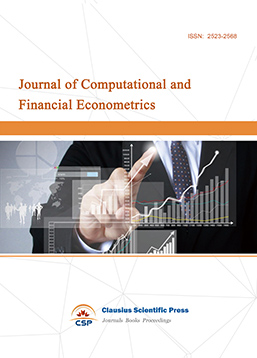
-
Financial Engineering and Risk Management
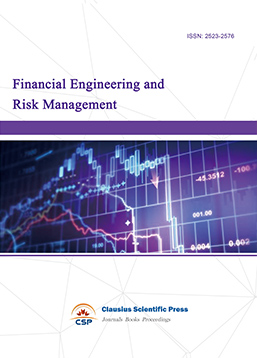
-
Accounting and Corporate Management
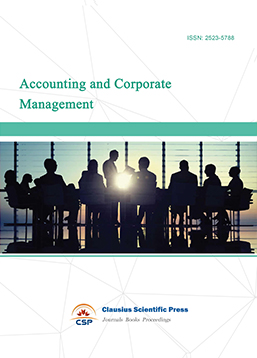
-
Social Security and Administration Management

-
Statistics & Quantitative Economics
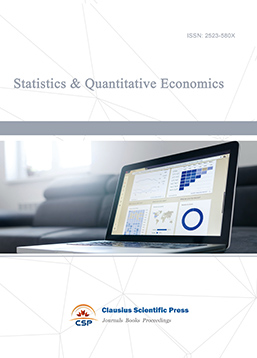
-
Agricultural & Forestry Economics and Management
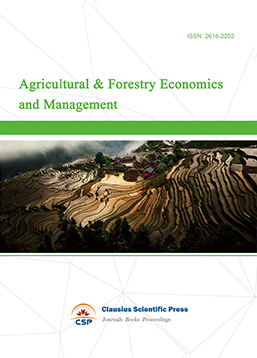
-
Social Medicine and Health Management

-
Land Resource Management
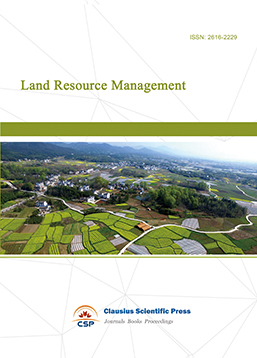
-
Information, Library and Archival Science
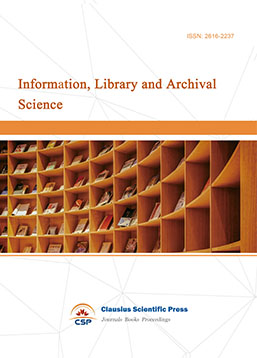
-
Journal of Human Resource Development
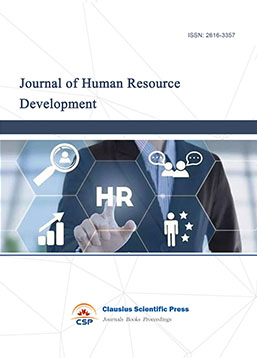
-
Manufacturing and Service Operations Management
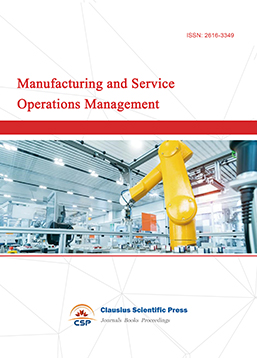
-
Operational Research and Cybernetics
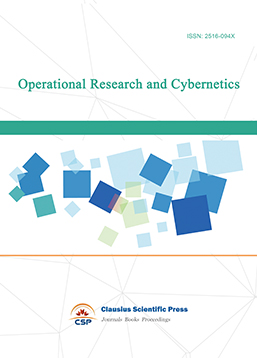

 Download as PDF
Download as PDF